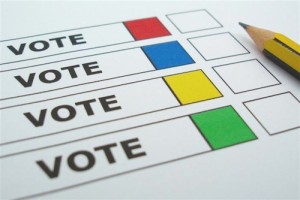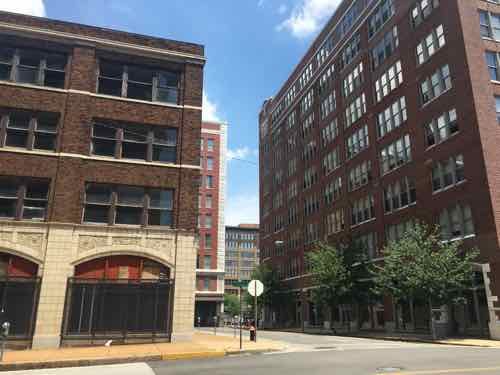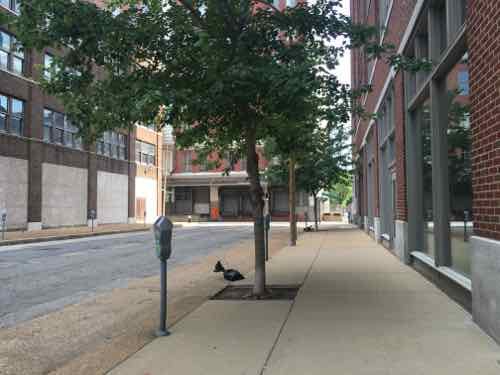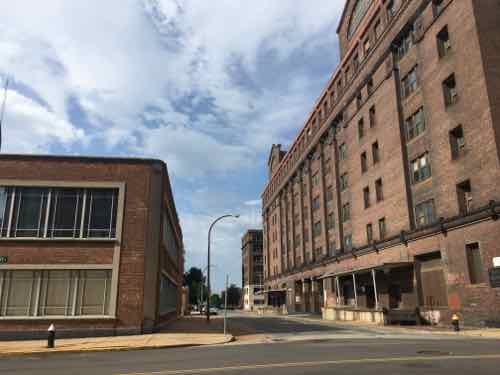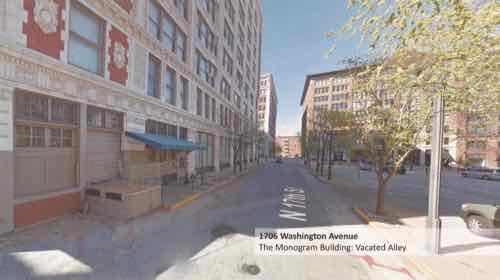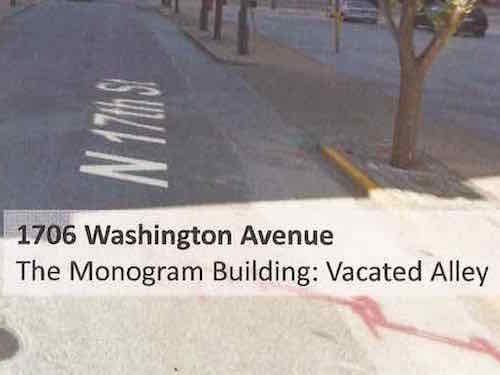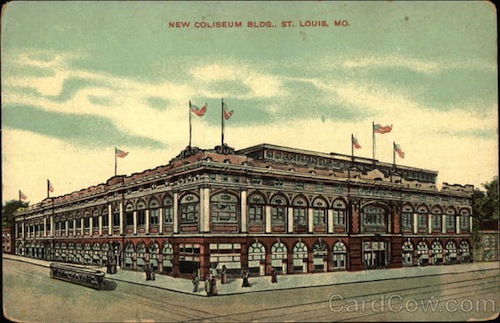St. Louis Board of Aldermen: New Board Bills 6/10/16
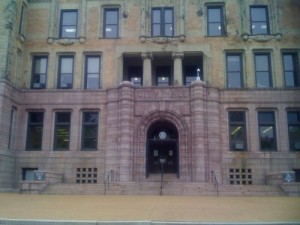
The following board bills were introduced at the 6/10/16 session of the St. Louis Board of Aldermen:
Board Bill No. 82 | Ordinance to vacate 4900 block of Terry
BOARD BILL NO. 82 INTRODUCED BY ALDERWOMAN SHARON TYUS An ordinance to vacate all commercial driveway apron and/or curb cuts that abut the front roadway know as the 4900 block of Terry and prohibiting any new commercial driveways, aprons, and/or curb cuts from being constructed or permits to construct a commercial driveway, apron, and/or curb cuts from being issued, and containing a emergency clause.
Editorial: this isn’t to vacate the street, but commercial driveways connecting to it. See the block here.
Board Bill No. 83 | Ordinance pertaining to commercial traffic
BOARD BILL NO. 83 INTRODUCED BY ALDERWOMAN SHARON TYUS An ordinance pertaining to commercial traffic and commercial semi service trucks prohibiting such traffic along certain portions of Terry, exempting from prohibition emergency vehicles, including tow trucks when providing service to non commercial vehicles, and containing a emergency clause.
Board Bill No. 84 | Honorarily designate 5000-5200 Lotus as Lou “Fatha” Thimes Ave
BOARD BILL #84 INTRODUCED BY ALDERWOMAN SHARON TYUS An ordinance authorizing and directing the Street Commissioner to take all necessary actions to honorarily designate the 5000-5200 blocks of Lotus Avenue as Lou “FATHA” Thimes Avenue
Board Bill No. 85 | Ordinance pertaining to vendors
BOARD BILL #85 INTRODUCED BY ALDERWOMAN SHARON TYUS An ordinance pertaining to vendors; repealing Ordinance 34889, approved on April 21, 1926, Section 29-104 of Ordinance 52030, approved on June 1, 1963, Ordinance 53070, approved on March 10, 1965, Ordinance 54719, approved on April 5, 1967, Ordinance 55785, approved on January 7, 1971, Ordinance 56640, approved on December 20, 1973, Ordinance 57583, approved on April 3, 1978, Ordinance 58086, approved on June 12, 1980, Ordinance 58514, approved on March 1, 1982, Ordinance 59090, approved on March 23, 1984, Ordinance 59454, approved on June 4, 1985, Ordinance 59533, approved on September 24, 1985, Ordinance 59923, approved on June 27, 1986, Section Two of Ordinance 64166, approved on October 24, 1997, Ordinance 64327, approved on March 13, 1998 and Chapter 8.48 of the Revised Code of the City of St. Louis; establishing comprehensive rules and regulations for vendors within the City of St. Louis, setting the fees to be collected by the License Collector for the operation of a vending business; establishing different classifications of vendors, creating special vending districts; Ordinance 64569, approved on February 11, 1999, Ordinance 64712, approved on July 29, 1999,Ordinance 65061, approved on October 11, 2000, Ordinance 65347, approved November 28, 2001 Ordinance 66655 approved February 28, 2005 , Ordinance 66860 approved November 8, 2005, Ordinance 68108 approved September 24, 2008, Ordinance 68588 approved March 16, 2010, Ordinance 68603 approved March 16, 2010, Ordinance 68757 Approved October 22, 2010, Ordinance 68990 approved October 20, 2011, and Ordinance 69639 approved December 30, 2013, prohibiting street vendors within the City of St. Louis except within designated vending districts; establishing vending districts within the City of St. Louis; prohibiting vending on any LRA owned property, promulgating rules and regulations for vending within vending districts; containing definitions, a penalty clause, a severability clause and an emergency clause.
Here is video of the 6/10/16 meeting.
See last week’s debut post listing new board bills here. To coincide with posting of bills online, this weekly series will move to Thursdays.
— Steve Patterson
